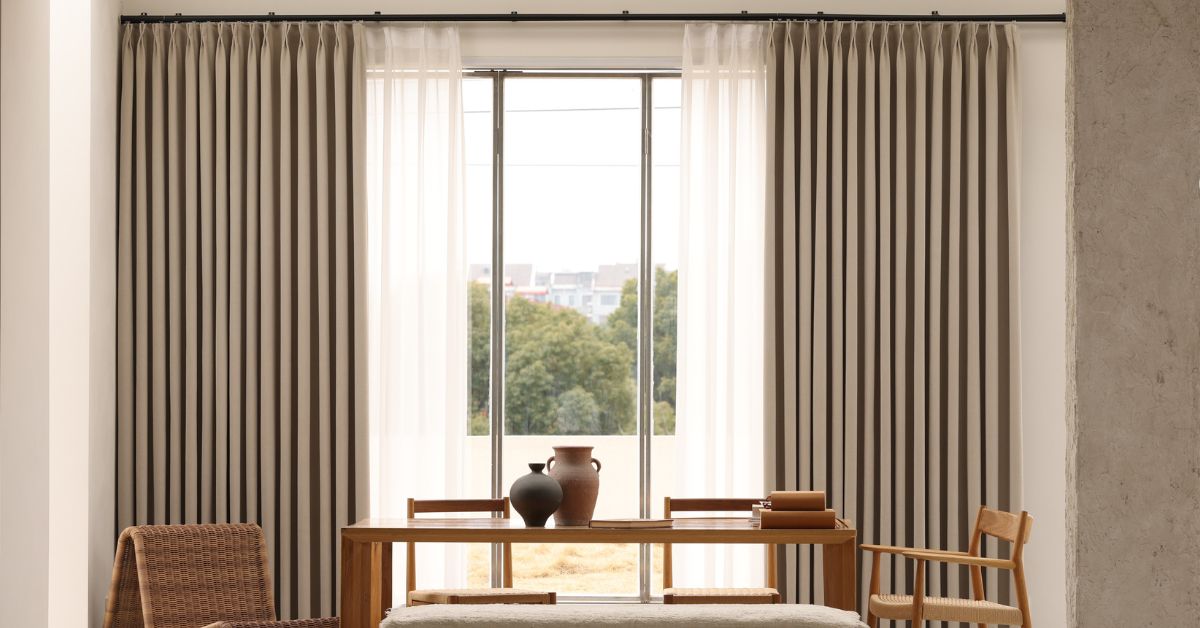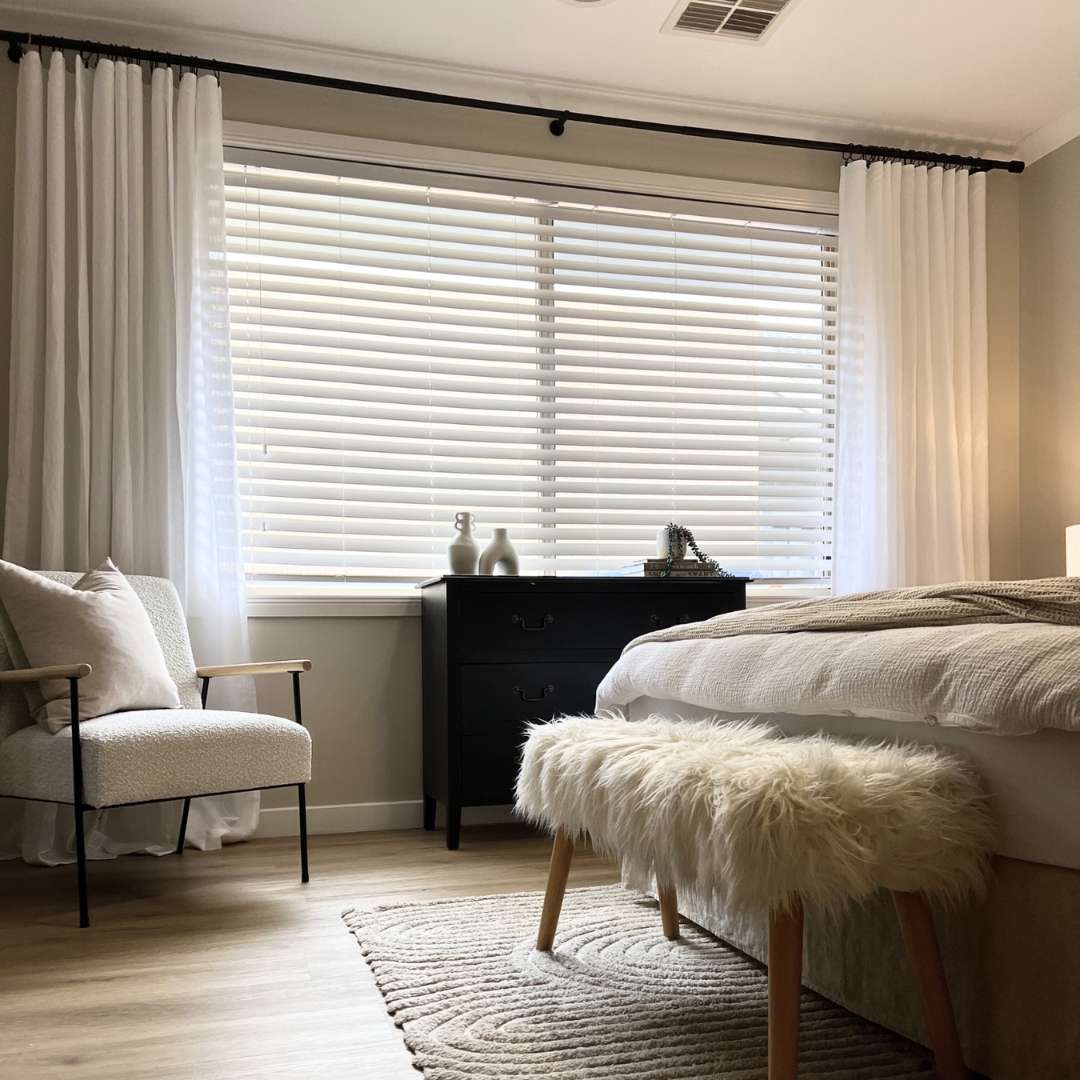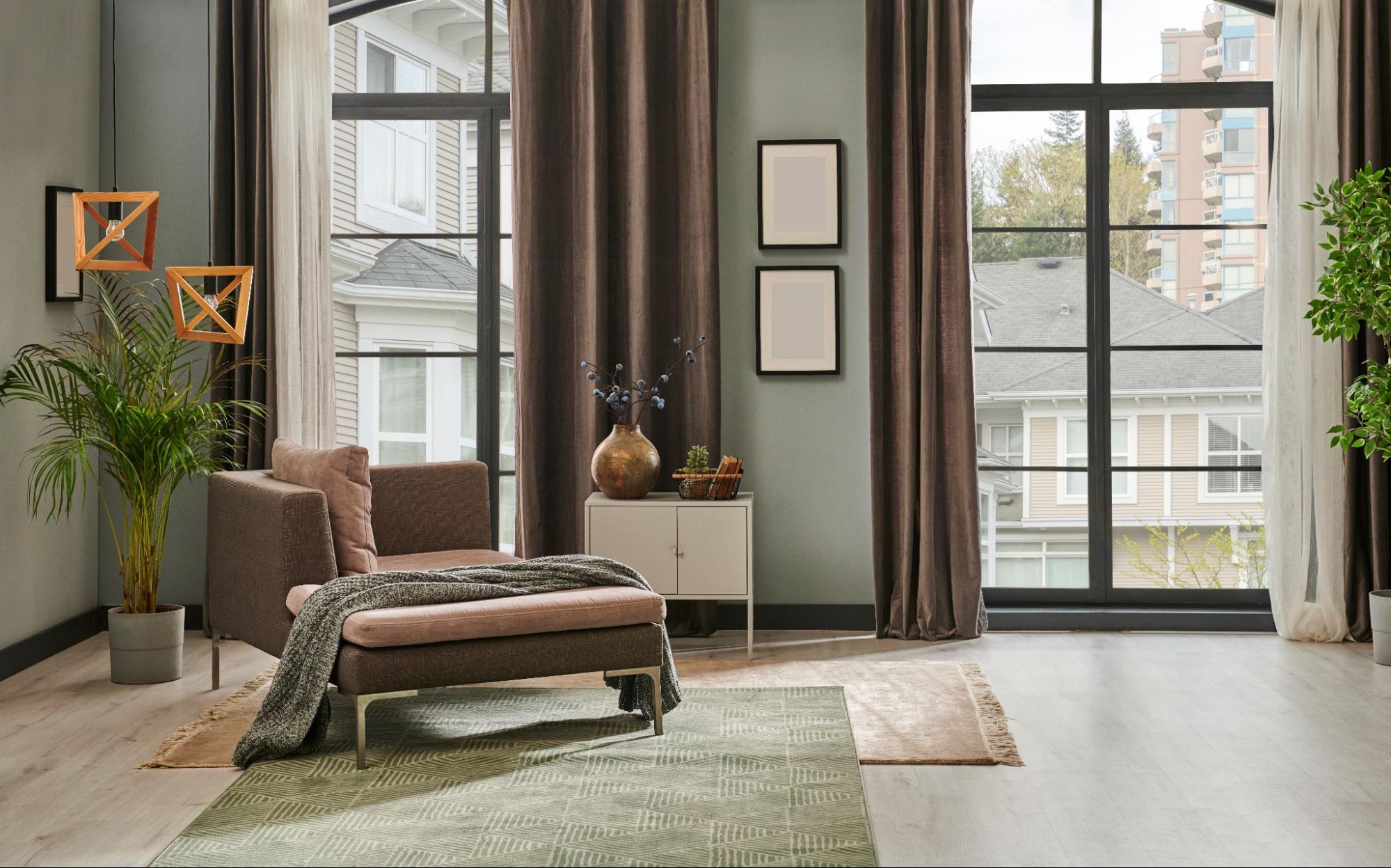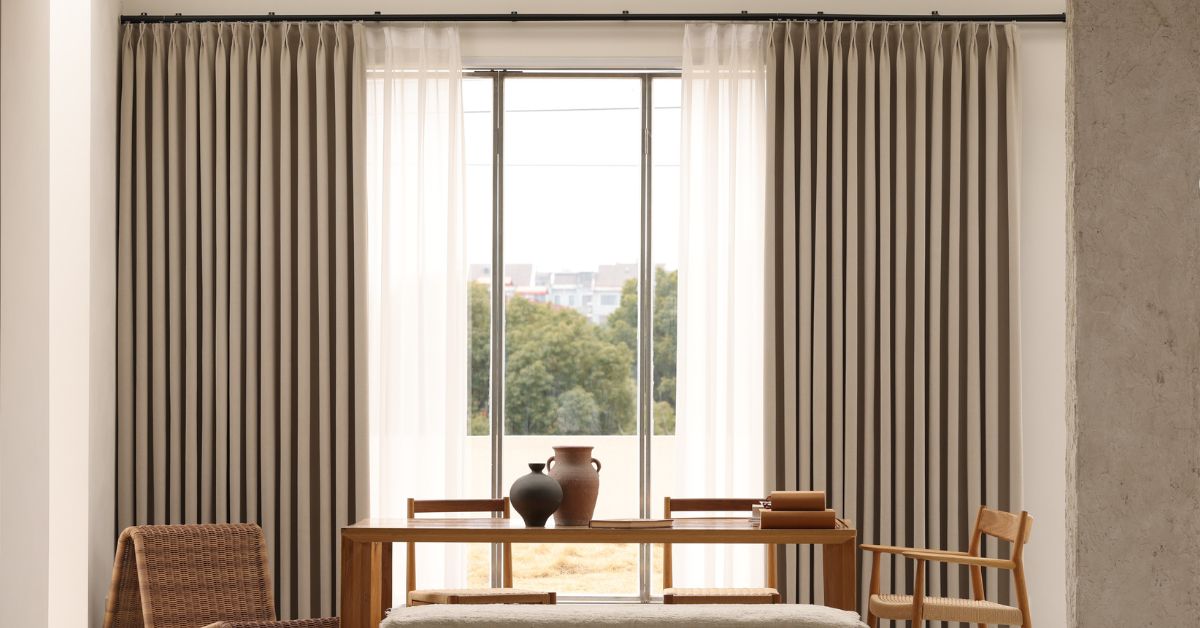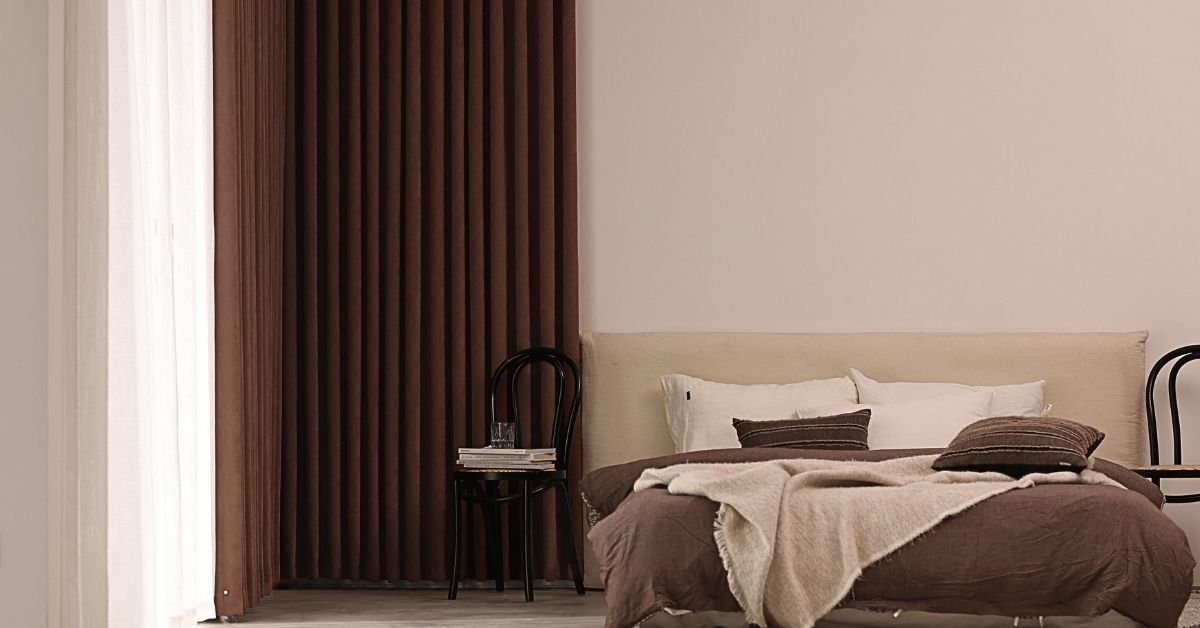From the mid-century bungalows to the high-rise apartments, to the outer-city suburban farm-style houses, Melbourne architecture offers a variety of decades, exterior styles and sizes to cater to every homeowner’s budget, aesthetic preferences and spatial needs.
And whilst we’re a friendly bunch, we do also like our privacy. Having the ability to retire from city life and into a calm respite is an important part of home design, and feeling able to truly switch off from the hustle and bustle.
Today, we’ll be providing Melbourne homeowners with tips on designing for privacy, as we explore some simple hacks that can generate a greater sense of seclusion in your home.
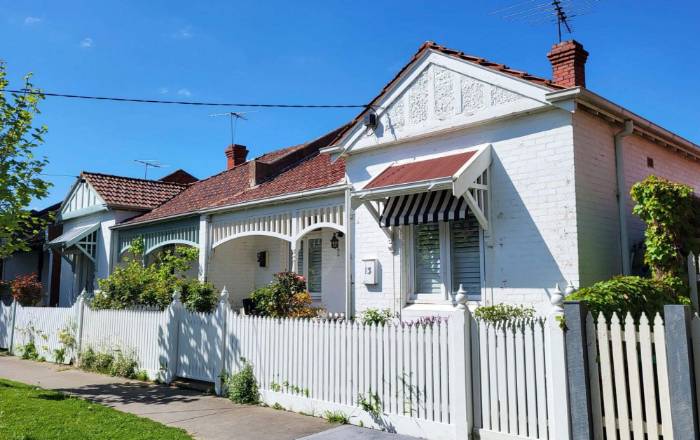
Prioritise Your Privacy Through Safety
Beyond aesthetic considerations of privacy, the concept should first be achieved through a stable sense of security in your home. It’s no use having a perfectly privately designed dwelling if anyone off the street can let themselves in. Expert Melbourne locksmiths can make sure your external locks are kept in good nick, especially for those areas you might neglect such as garage doors and window fixtures.
When you’re choosing a spot for your spare key, avoid the plant pot or doormat directly beneath the front door! You shouldn’t have too many floating around either, so best to keep any others with a trusted person and don’t label your address or the part of the house the key is for on any part of the chain.
It’s also a good idea to install thick or dark curtains for at least the street-facing rooms of your property. Not only does this allow you to socialise in peace and privacy during the dark hours, but it also protects your security by not giving potential thieves an indication of whether or not you’re home.
For the same reason, we recommend drawing your curtains before you go on any kind of overnight trip or holiday, as well as closing and locking up all your access entry points, including the tiniest window cracks, to prevent the unwanted intrusion of pests as well as people.
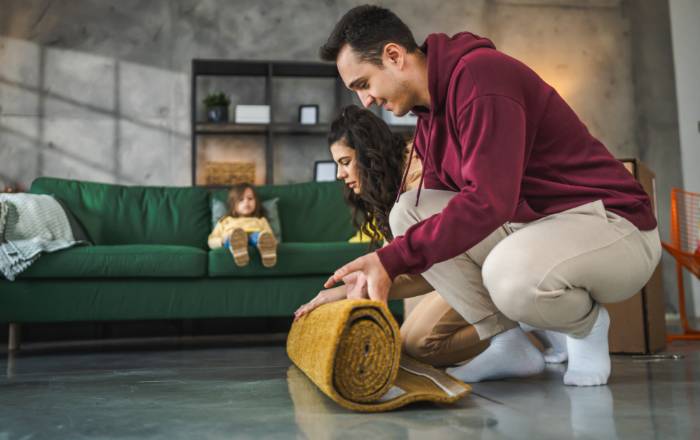
Adopt A Strategic Use Of Space
Some of the rooms in your house will naturally have greater privacy than others. For example, the bay windows that face onto a pedestrian street or are directly opposite your neighbour probably aren’t the best rooms to plan out your bathroom or bedroom.
Save the most open spaces in your home to use for spare or guest rooms, pantry and storage or laundry areas. Keep rooms with windows that look out to open spaces for your bedroom, living room and any other area in which you spend a lot of time.
Don’t forget, you can also consider alternative window coverings that generate privacy without sacrificing light. For example, Venetian blinds, shutters and sheer curtains all offer different ways to control how much is visible from the outside looking into your home, without necessarily cutting off the room from natural light altogether.
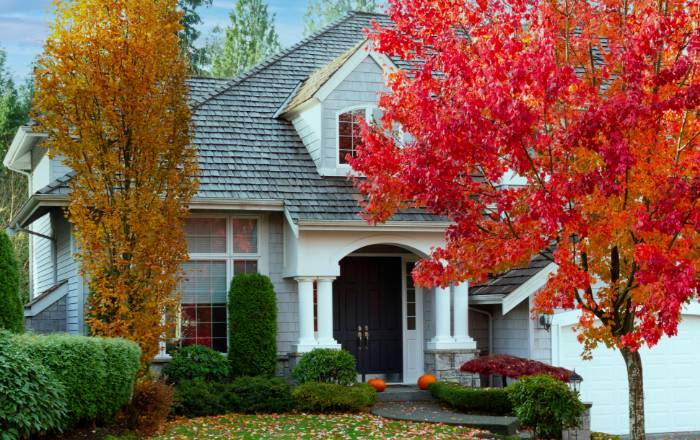
Use Outdoor Foliage & Landscaping To Your Advantage
If you’re lucky enough to have outdoor space, make the most of it. Shrubs and bushes, leafy trees, hedges and other outdoor plants are an obvious way to create some privacy, whilst effortlessly adding ambience to your backyard space. You can also install fencing around your property to define your space more clearly. Even a waist-high fence will help separate your garden from the street or your neighbours’ space.
If you live in an apartment, you can still place tall plants such as fig trees by your windows to stop prying eyes peeping in. For balconies, terraces or outdoor spaces that are overlooked by floors higher up, a wide parasol can give you shade and a personal spot to relax in peace.
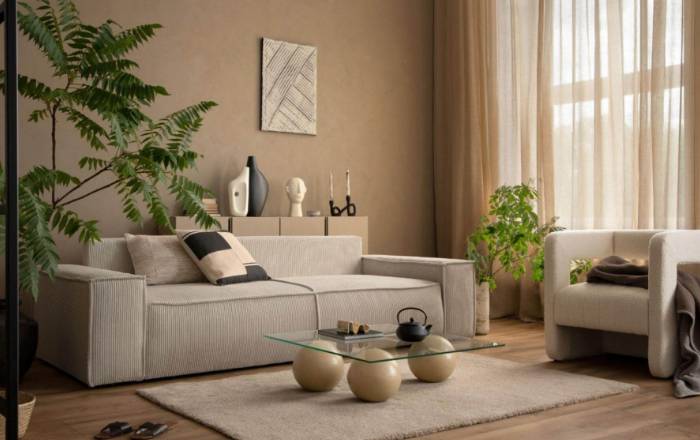
Make Smart (& Stylish) Interior Design Choices
Greater privacy can be achieved from within the walls of your home too, especially for unavoidably open parts of your property. Frosted or textured glass is a great option for spaces that still want to allow plenty of natural light in but which are overlooked, making it a great option for a downstairs bathroom, or kitchen windows that are very close to street level.
Alternatively, install smart glass that can switch between transparent and opaque at the touch of a button. Frosted glass spray does the same job and works as a more budget-friendly option.
Screening provides another way to mark out your space, and it’s a great way to section off areas with open-plan designs, whether you’re seeking privacy for a cosy home theatre, your working-from-home office, or a separated sleeping area in a high-rise studio.
There are so many ways to turn curtains into modern design features of your home. You can choose from Shoji-inspired sliding door styles, ornate ‘changing’ screens, internal room-dividing curtain fabrics, or even beaded curtains, for a more bohemian feel that creates a sense of privacy without blocking out too much light.
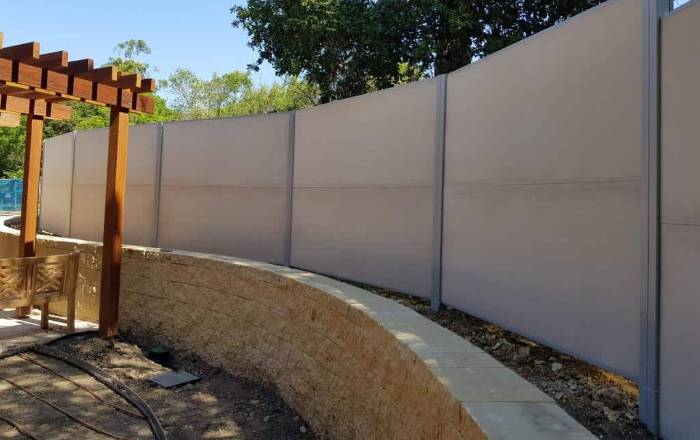
Consider How To Maximise Acoustic Privacy
Designing for privacy shouldn’t solely focus on making sure strangers on the street can’t see in. Acoustic privacy is just as important to a sense of solitude, especially in an ever-moving city like Melbourne, and especially if you live in a building with others, or a terraced or semi-detached dwelling.
Soundproofing materials can go a long way in helping achieve that privacy you’re seeking, not just by preventing others from eavesdropping your conversations, but also stopping external noise from travelling in. Double-glazed windows will significantly reduce traffic and other outdoor city sounds, while carpets and furniture will absorb noise coming from within the property itself.
You can also consider adding ambient noise to your home to mask the sounds you can’t fully get rid of, such as water features, fireplaces or simply investing in high-quality speakers to play your favourite music.
Designing For Privacy: In Summary
Privacy means different things to each household, and whether it’s a room free from distractions from those you live with, or the ability to relax outside without the fear of a neighbour leaning over to make small talk, there are a number of ways it can be achieved.
We’ve given you some tips on how to design your Melbourne home to maximise privacy, from light-filtering curtains to clever outdoor landscaping. At Quickfit, our curtains are just one stylish, affordable way to enhance your home’s privacy, from separating rooms for a clearer sense of purpose to providing a way to block out the outside world and enjoy some downtime in your personal space.
Find out how we can help you design your private, dream Melbourne home today, or get started ordering our made-to-measure curtains for a luxurious way to create a perfect city retreat you can escape to every single day.

